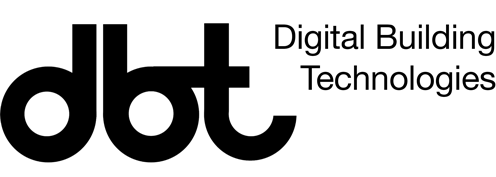Digital Metal research focuses on using 3D Printing for Casting Metal. For the first time 3D printing sand is used for production of complex metal structural parts in architecture;
While the advances in 3D printing metal are significant, this technology has its shortcomings for application in AEC industry. For example, small build volumes, long print times, limited metal material that can be printed, limited structural properties, and high cost.
Therefore, the approach of this research is not to 3D print the object itself, but to 3D print the sand-mold for casting it. The aim is to combine the geometric freedom of 3D printing with the structural properties of cast metal. This approach allows high speed fabrication of large scale metal parts which can be used for actual building projects as they have the same properties as traditionally cast metal parts.
Through 3D Printing, sand-molds can be fabricated for metal parts with complex inner and outer features and with highly detailed surface. Customization and complexity comes at no extra cost, turning one of a kind production of those metal parts within reach.
To fully explore this potential, this research develops computational techniques to automatically create parametric molds for a given metal structure, including the required details for casting and also reducing the amount of post-processing needed. Linking ancient methods to more current and forthcoming modes of production 3D Printing opens the door for revival of cast metal in architecture. Allows for structural optimised bespoke metal structures, and new aesthetic possibilities architecture.
The challenges and opportunities of implanting this new method for architecture was further investigated by designing and building a 4 m wide x 6 m long x 5 m high space-frame structure called Digital Metal Pavilion. For more information click here.



